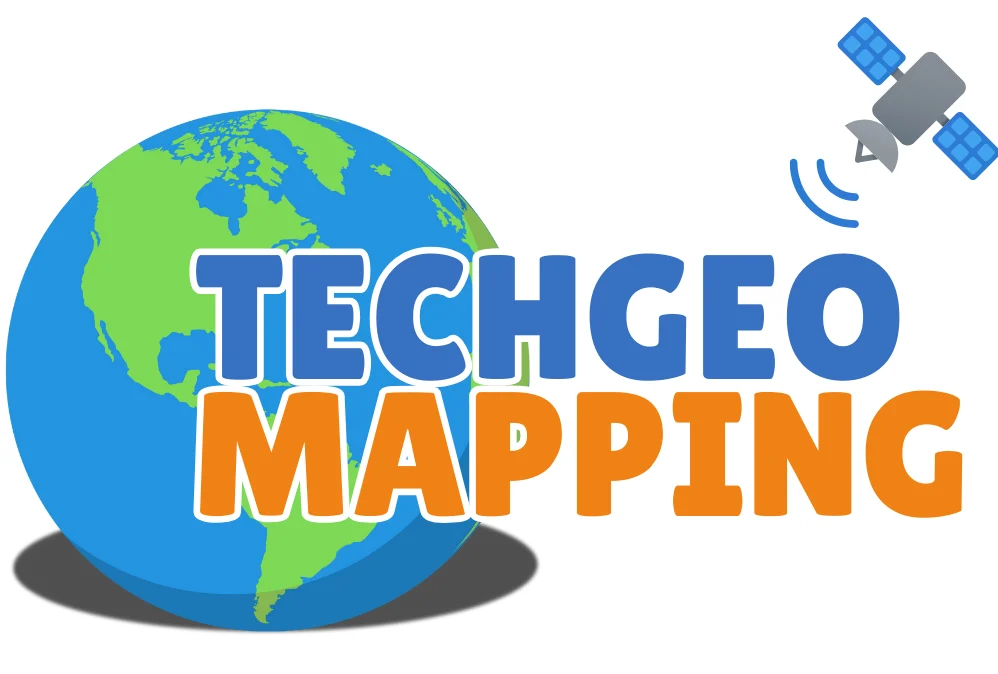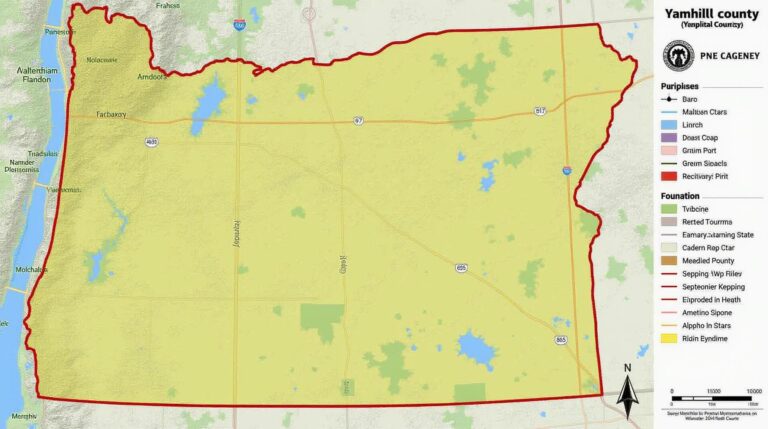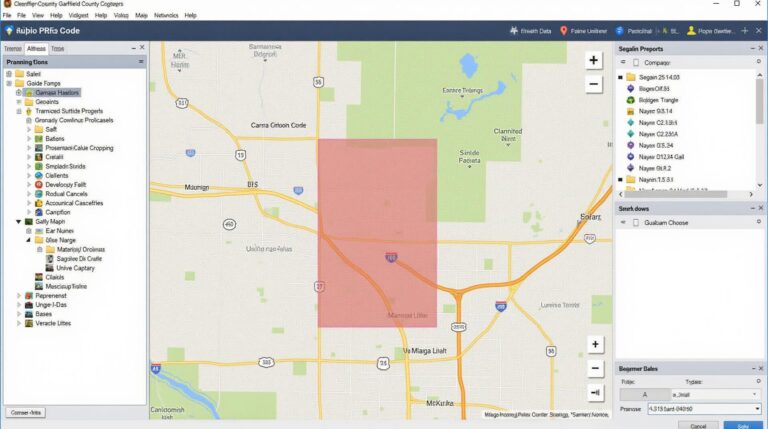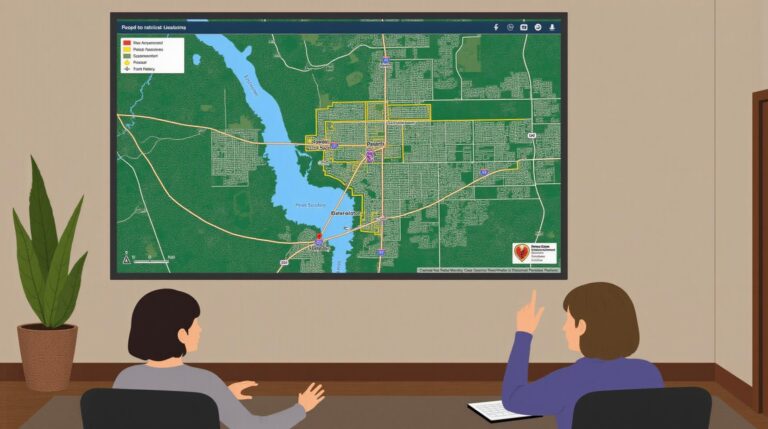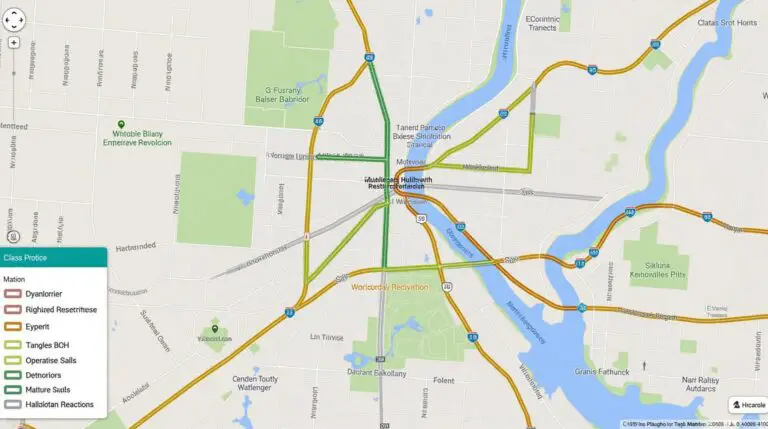Gaston County, NC GIS: Unlocking Local Insights
## Gaston County, NC GIS: Unlocking Local Insights
Gaston County, nestled in the heart of North Carolina’s Piedmont region, is a vibrant hub of industrial activity, beautiful scenery, and economic progress. The county, nestled on the foothills of the Blue Ridge Mountains, offers an alluring blend of natural beauty and urban dynamism. Understanding this complex landscape requires a comprehensive perspective, and that’s where Geographic Information Systems (GIS) comes in. Let’s delve into Gaston County’s GIS data and discover its immense potential for unlocking local insights.
Understanding the Power of GIS
GIS is about mapping and analyzing data on a geographic base. Think of it as a powerful tool that uses sophisticated software and advanced technology to enable us to easily understand spatial relationships. This provides a visual and insightful mapping of earthly phenomena, showing us where things are, how they are distributed, and how they influence each other.
Visualizing Gaston County’s Story
Gaston County’s GIS map reveals a wealth of information about the county. Imagine visualizing:
* **Land Use:** Where businesses stand, green spaces are situated, and areas designated for residential or industrial use.
* **Population Density:** Pinpointing where populations are concentrated, identifying areas with specific needs.
* **Infrastructure:** Mapping the county’s transportation, water systems, and utility access.
* **Economic Activities:** Identifying air sheds, major economic zones, or areas needing development support.
* **Environmental Conservation Areas:** Understanding how environmental factors shape county landscapes.
Resources for Unlocking Insights
Welcome to the wealth of information that Gaston County offers through its GIS resources:
* **Gaston County GIS Portal**: This is your gateway to a curated index of county data and information. You can access an interactive map, view point data, browse datasets, and explore historical data. While this portal provides a base for exploration, it’s essential to consider current updates.
* **State and Regional GIS Resources**:
* **NCDOT**: NC Departments of Transportation provides rich gas and traffic data. [https://www.ncdot.gov/](https://www.ncdot.gov/)
* **NC USGS Data**: The USGS (U.S. Geological Survey) offers a variety of datasets relating to the geology and hydrography of the area, including elevation models, bathymetry (water depth), and soil surveys. [https://gapanrl.usgs.gov/](https://gapanrl.usgs.gov/)
* **Regional Associations and Groups:** Contact the Gastonia Chamber of Commerce, Gaston County government departments, or professional engineering societies.
Applications of Gaston County GIS Data
The benefits of understanding Gaston County’s GIS data are vast and reach a wide spectrum of users:
* **Residents and Businesses**: Identify preferred neighborhoods for housing selection or when reevaluating their company’s location strategy. Easily map potential expansion opportunities or define ideal customer demographics.
* **Government Agencies**: Make informed decisions on infrastructure expansion, property assessments, or land development projects. Analyze tax assessments to urban and rural planning needs.
* **Researchers**: Delve deeper into research on renewable energy potential, pollution impacts, or agricultural productivity. Conduct accurate analysis and assess regional trends over time.
Unlocking a Future in GIS Data
Gaston County’s rich GIS data offers a remarkable glimpse into the county’s character and its future trajectory. It empowers its residents and organizations to make informed choices. From understanding land use and infrastructure to assessing economic opportunities and environmental impacts, GIS data creates a dynamic window into the world around us. As technology continues to advance, the potential of GIS data to shape our understanding of Gaston County’s future becomes even more limitless.
Remember, understanding your surroundings takes a powerful combination of digital knowledge and practical perspective! With Gaston County’s GIS resources at your fingertips, you’ll be better equipped to navigate and appreciate the complexities of our region, unlocking a world of possibilities from spatially informed insights.
## Frequently Asked Questions about Gaston County GIS Data
**Availability & Formats**
What types of GIS data are available?
Gaston County GIS Data consists of various vector and raster data layers covering topics like:
* **Land Parcels & Topographic Features:** Including parcel boundaries, land use, and elevation data. Download Land Parcel Data
* **Streets & Transportation:** Spans road network, street names, traffic data, schools, and hospitals. Download Street Network Data
* **Parks & Recreation:** Contains information about parks, playgrounds, and recreational facilities. Download Park Data
* **Water Resources:** Provides information about rivers, lakes, and wells. Download Water Resources Data
What data file formats are available for download?
We support various common file formats including:
* GeoJSON
* Shapefiles
* KML
* DXF
How can I obtain specific data layers?
You can download data through our online portal – GIS Search. Our user-friendly interface allows you to filter by specific layers and geographic areas.
**Usage & Support**
Who can use Gaston County GIS data?
Gaston County GIS data is accessible to the general public. It is intended for educational, research, and general community use.
How should I cite Gaston County GIS data?
When using the data, please include a proper attribution and citation.
What kinds of support are available?
For any questions, assistance with data, or specific accessibility needs, please visit our Helpdesk function: GIS Helpdesk
### Summary:
Access to high-quality GIS data provides invaluable insights into Gaston County’s geographic features, infrastructure, and natural resources.
Access to accurate and up-to-date spatial information empowers Gaston County government and residents to:
* **Identify areas and facilities:** Greater understanding of infrastructure, schools, and public spaces for planning and resource allocation.
* **Promote informed decision making:** Data support for transportation, public safety, resource management, and healthcare planning.
* **Enhance community engagement:** Ability to visualize, interact with, and contribute insights to enhance community development strategies.
* **Support business development:** Crucial for business planning and economic growth, allowing informed investment decisions.
Utilizing GIS data is crucial to ensuring effective and efficient use of resources, promoting informed decision-making, and promoting community development within Gaston County.
